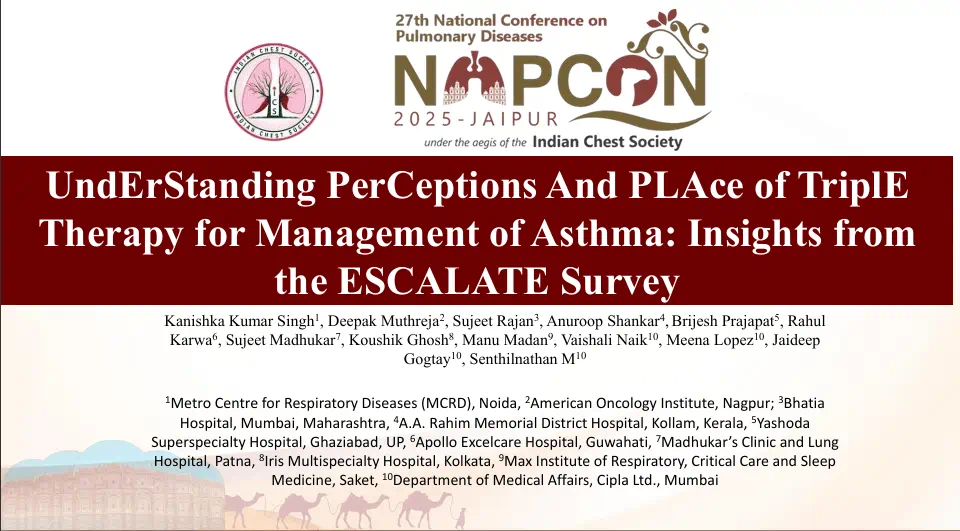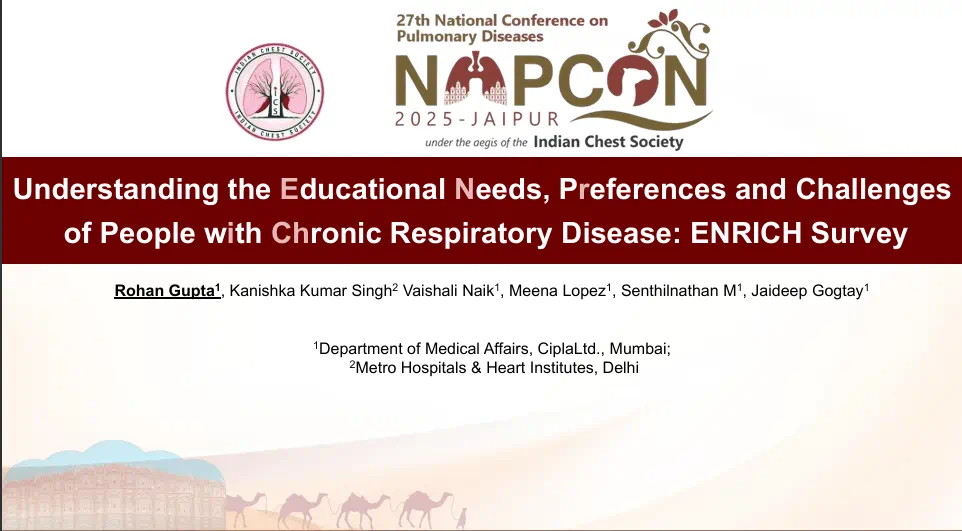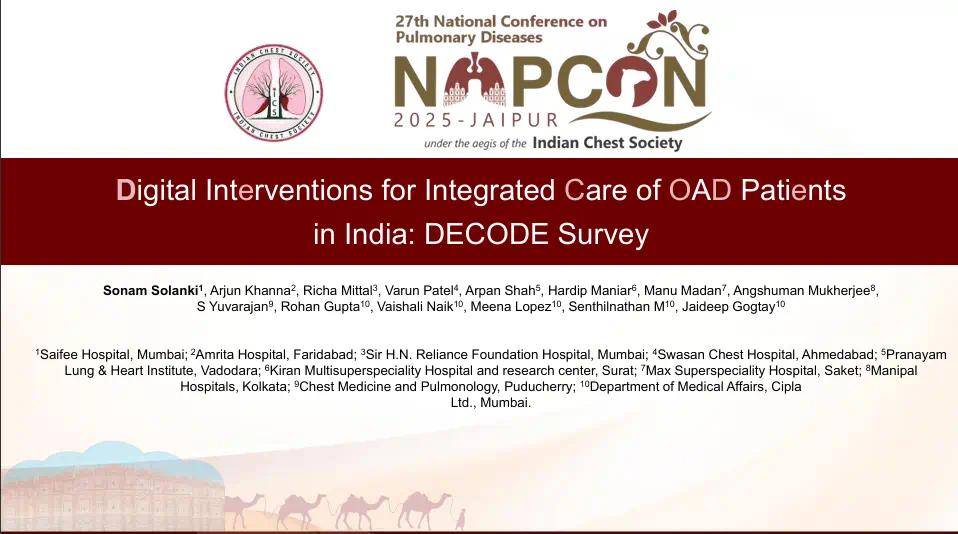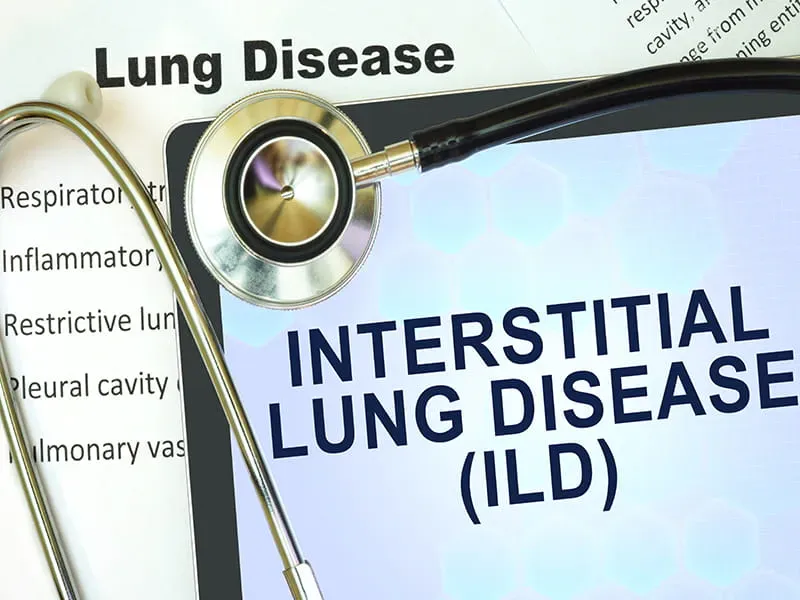Cefepime/Enmetazobactam vs. Piperacillin/Tazobactam for Complicated UTIs: A Phase 3 Trial
Introduction
Piperacillin/tazobactam, a common treatment for complicated urinary tract infections (UTIs) and serious infections, may be less effective against extended-spectrum β-lactamase–producing bacteria, necessitating new therapeutic options. Cefepime/enmetazobactam, with its novel β-lactamase inhibitor and broad-spectrum activity showed promise in restoring efficacy against resistant pathogens.
Aim
To evaluate whether cefepime/enmetazobactam was noninferior to piperacillin/tazobactam for the primary outcome of treatment efficacy in patients with complicated UTIs or acute pyelonephritis.
Methods
- Phase 3, randomized, double-blind, active-controlled, multicenter, noninferiority clinical trial (ALLIUM Study)
- Location: 90 sites in Europe, North and Central America, South America, and South Africa
- Recruitment: Sept 2018 – Nov 2019
Fig: Randomization of Study Groups
Treatment:
- Treatment in both groups received by 2-hour infusion every 8 hours for 7 days (up to 14 days in patients with a positive blood culture at baseline)
- Patients with moderate kidney impairment at baseline received a dose of cefepime, 1 g/enmetazobactam, 0.25 g, by 2-hour infusion every 8 hours starting at day 1. Piperacillin/tazobactam did not require dose adjustment.
Patient Profile
- N=1034 analysed
- Patients ≥18 years diagnosed with complicated UTI or acute pyelonephritis caused by gram-negative urinary pathogens
Study endpoints
Primary outcome:
Proportion of patients in the primary analysis set who achieved overall treatment success defined as clinical cure combined with microbiological eradication
(Primary analysis set: Patients who received any amount of study drug with baseline gram-negative pathogen not resistant to either treatment and ≥105 colony-forming units [CFU]/mL in urine culture or the same pathogen present in concurrent blood and urine cultures)
Secondary outcomes:
- Composite outcome and separate outcomes of clinical cure and microbiological eradication at Day 3,14, 21 of treatment and at end of treatment
- Prespecified subgroups of primary analysis set at Day 14
Results
Patient characteristics:
Mean age 54.7 years; n=573 women (55.0%); n=995 completed the trial
Primary analysis set:
- Overall Treatment Success: Primary outcome occurred in 79.1% of patients receiving cefepime/enmetazobactam compared with 58.9% receiving piperacillin/tazobactam (between-group difference, 21.2% [95% CI, 14.3% to 27.9%]).
Fig 2: Overall treatment success at Different Timepoints
Secondary Outcomes:
- Clinical Cure Rate: There was no significant difference in the clinical cure rate between the 2 groups (92.5% for the cefepime/enmetazobactam group and 88.9% for the piperacillin/tazobactam group at Day 14; treatment difference, 3.5%)
- Microbiological Eradication Rate: Cefepime/enmetazobactam group had a significantly higher rate of microbiological eradication compared with piperacillin/tazobactam (82.9% vs 64.9%; treatment difference, 19.0%) at Day 14
- Composite Outcome: Cefepime/enmetazobactam group had significantly better improvement in the composite outcome at day 21 (10.7%) but not at Day 3 of treatment (4.1%) or at the end of treatment (−1.3%)
- ESBL Subgroup: In extended-spectrum β-lactamase (ESBL)–producing baseline pathogen sub-group, 73.7% in the cefepime/enmetazobactam group and 51.5% patients in the piperacillin/tazobactam group achieved the composite outcome of clinical cure and microbiological eradication at Day 14 (treatment difference, 30.2%)
- Exploratory Outcome: In the primary analysis set, microbiological recurrence was lower in patients receiving cefepime/enmetazobactam compared with piperacillin/tazobactam at Day 14 (11.3% vs. 29.4%)
Safety:
- Treatment-emergent adverse events occurred in 50.0% of patients treated with cefepime/enmetazobactam and in 44.0% with piperacillin/tazobactam
- Most common treatment-emergent adverse events were elevations of liver function parameters. Most were mild to moderate in severity
- 1.7% of participants who received cefepime/enmetazobactam and 0.8% of those who received piperacillin/tazobactam did not complete the assigned therapy due to adverse events
Conclusion
- Cefepime/enmetazobactam met criteria for both noninferiority and superiority compared to piperacillin/tazobactam regarding the primary outcomes of clinical cure and microbiological eradication in patients with complicated UTIs or acute pyelonephritis caused by gram-negative pathogens
Reference
JAMA. 2022 Oct 4;328(13):1304-1314










